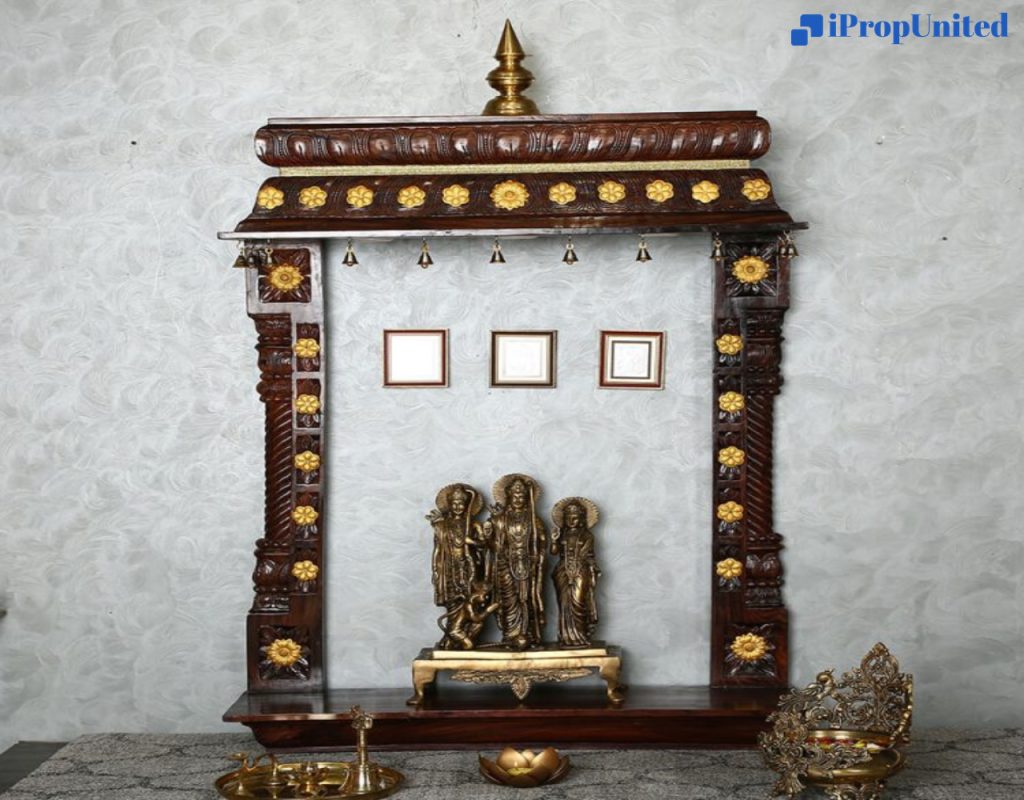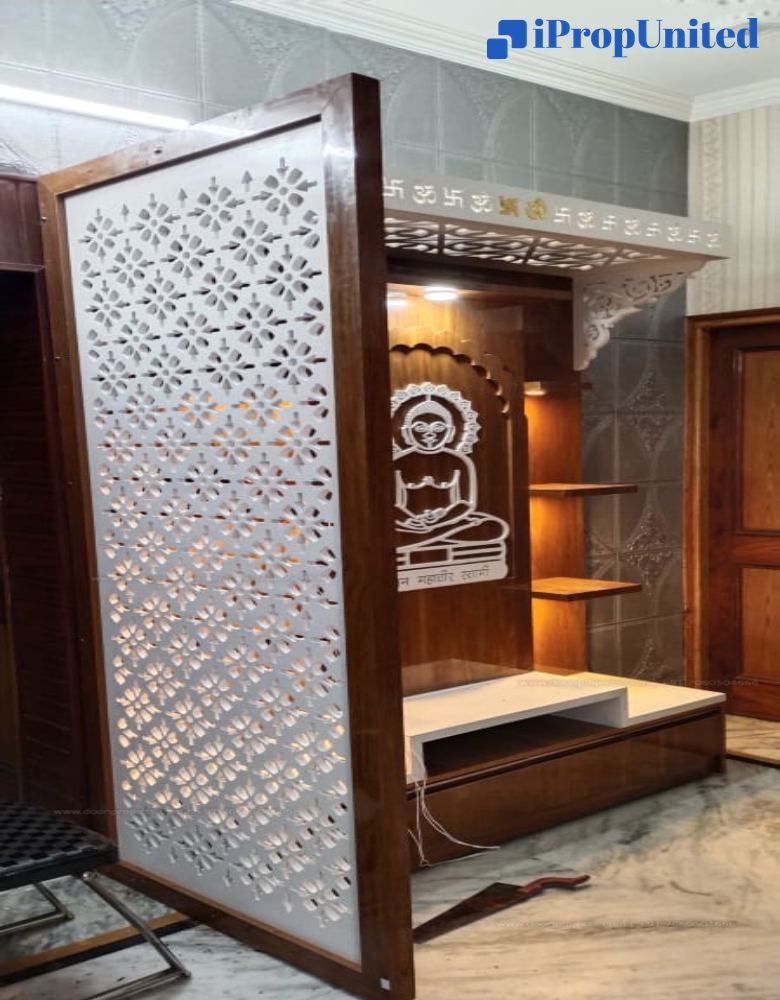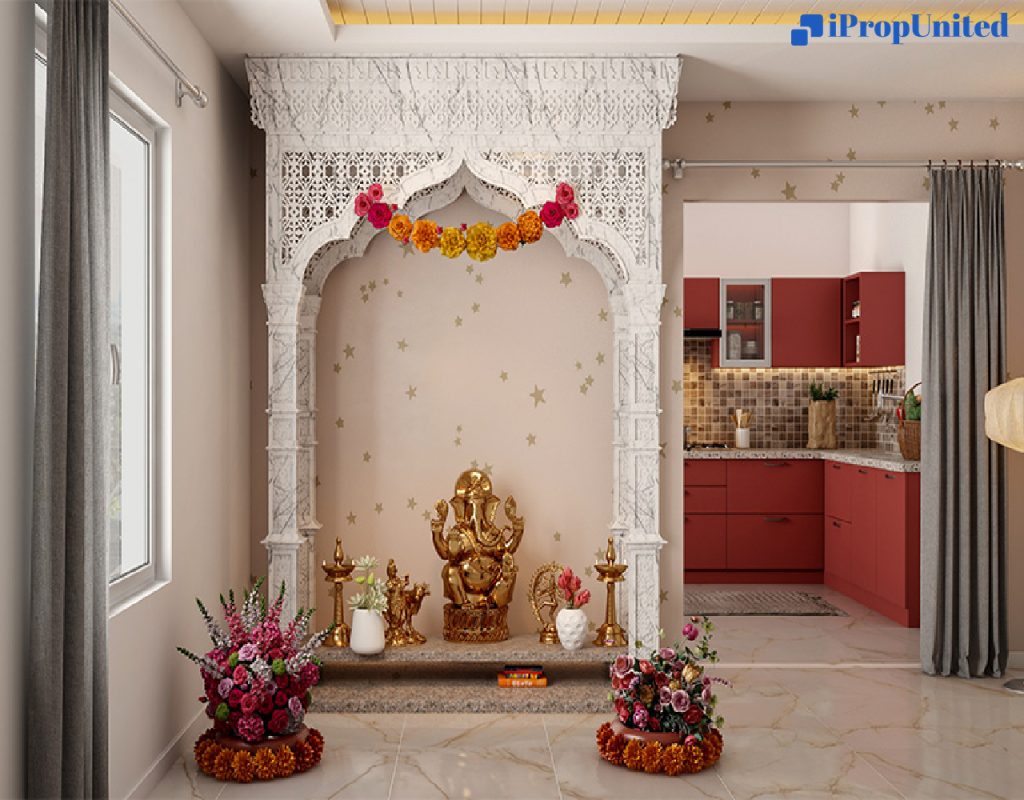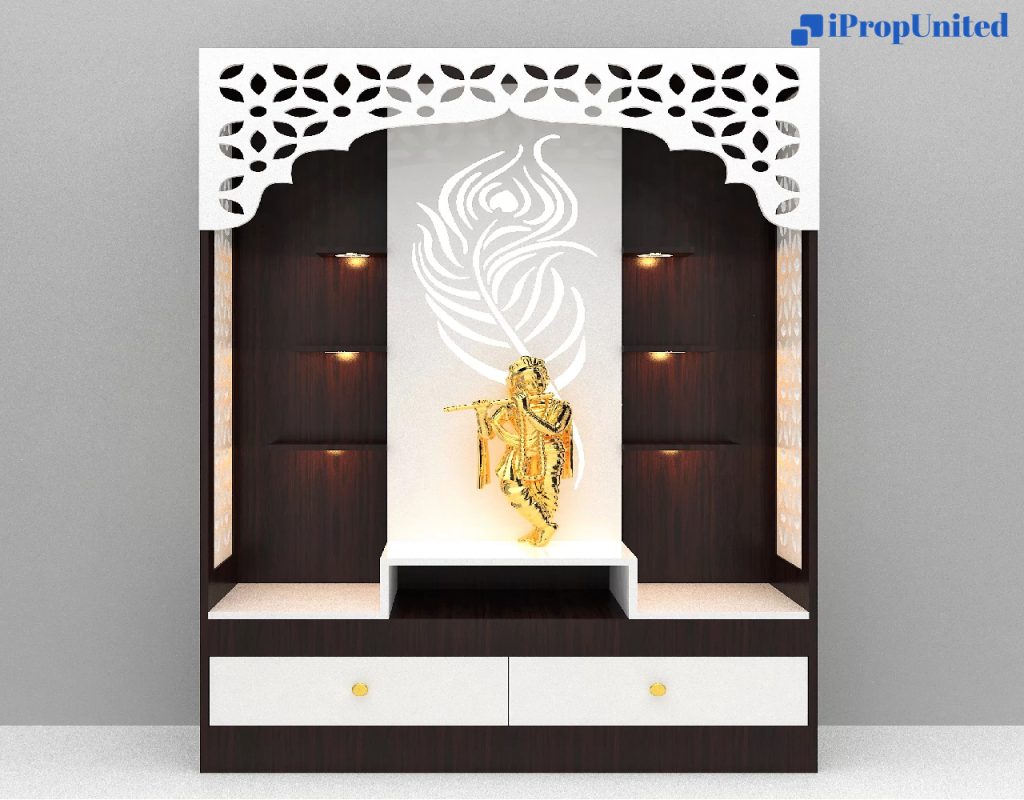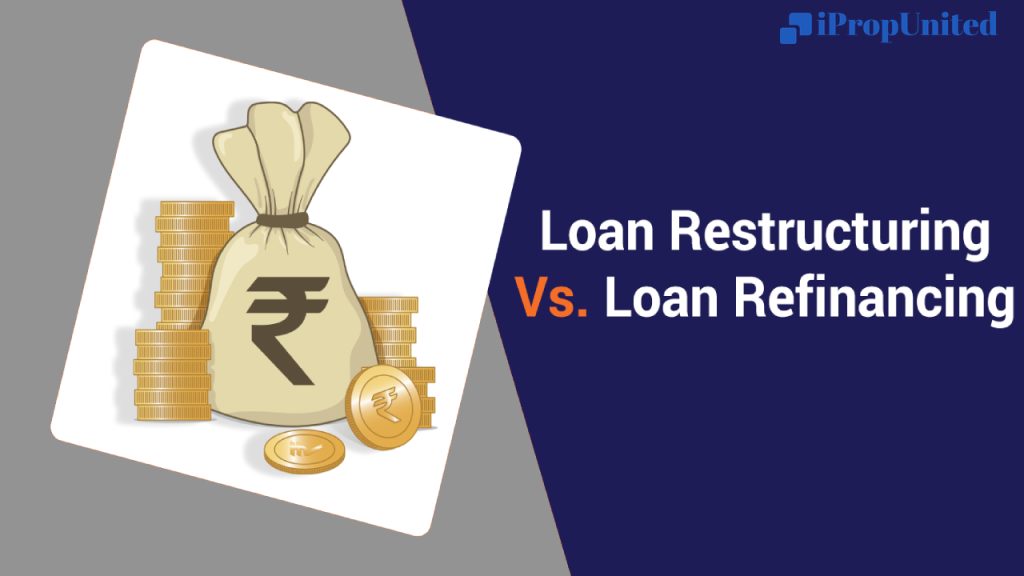The office environment affects the employees’ moods and productivity. Whether it’s a corner office, an open floor plan, or a cubicle, the workspace configurations can either help or hinder your employees’ ability to grow professionally. Here are some helpful office design ideas to get you started on creating an inspiring work environment:
The significance of office decor
Good office decoration contributes significantly to increased employee comfort and productivity. Planning in detail and being meticulous can help you create a more effective, healthier workplace with contented workers. In addition to meeting their needs, it also establishes a productive workplace culture. Additionally, it has a direct connection to collaboration, brainstorming, innovation, and creativity. At the same time, visitors can see how your aesthetics reflect your brand and philosophy.
Modern office design ideas

In recent years, a variety of office decor concepts have become popular. The following are a few of the biggest trends in the field:
Active and comfortable furnishings
Workplace ergonomics has a major impact on employers, as it aids in an easy and smooth workflow. Sit-stand chairs and desks with adjustable heights are a couple of the best options.
Integration of technology

Offices are increasingly integrating technology. Smart boards, built-in workstation power outlets, and wireless charging mats are a few examples.
Biophilic office decor
The workspace is designed to be environmentally friendly. Natural materials such as stone and wood can be used for this purpose. Some other good options are green walls, water features, and natural plants.
Recreation and Lounging zones
Modern offices understand the value of break areas for relaxing and recreation
Hot-desking
It provides greater mobility by eliminating permanent workstations.
Office Design Ideas: How do I redesign my office?
There are a few things to consider before choosing the best office decor ideas for your workspace, including:
Evaluate your office
Analyze your office area carefully. Include the infrastructure, space requirements, and staff requirements. Establish boundaries between areas like conference rooms and recreational areas. Plan the layout in accordance with the available space.
Set a budget
When designing or redecorating your workspace, it is easy to go overboard. Set a budget in consultation with professionals from the start.
Office Design Ideas: Color and lighting
Color and lighting are important factors in how vibrant your workspace appears. They affect a workspace in the following ways:
Choosing the right colors
Color psychology is an important component of modern office decor ideas. These theories describe the various feelings or sensibilities that different colors can arouse. For example, the colors red and orange can evoke passion, while green and blue can be calming or soothing.
Lighting tips for a productive workspace
Here are some recommendations for improving workplace productivity with lighting:
- The best options are bulbs with a cool temperature range of 3,000–4,600 Kelvin. In addition to reducing eye strain and fatigue, cooler lighting may significantly increase productivity.
- Higher levels of natural light are always fantastic for improving mood, focus, and memory. You’ll spend less money on energy and have a smaller carbon footprint. Skylights and larger windows are viable options.
Office Design Ideas: Furniture placement

Good furniture is the foundation of modern office design. Here are some critical points to remember:
Office furniture types
There are numerous types of furniture that can be seamlessly integrated into office decor ideas. Some examples are:
- Desk: Height-adjustable desks, executive desks, managerial desks, computer desks, and writing desks are all popular options.
- Chairs: Chairs come in a variety of styles, including those for meetings, conferences, executives, operators, canteens, reception, and even stools.
- Tables: Conference tables, meeting tables, and other types of tables fall under this category.
- Cupboards and storage: A wide range of sizes and types of creative office storage solutions are readily available.
- Filling cabinets: They are available in a range of sizes, shapes, and styles. You should make your choice based on your individual needs.
Office Design Ideas: How to pick the ideal desk
In order to select the ideal desk for any workspace, consider the following helpful advice:
- Purpose: Desk selection is based on the type of work being done, such as computer work, paperwork, or meetings. In particular, L-shaped desks can occasionally be used for both meetings and regular work. U-shaped desks provide additional space.
- Space and comfort: The desk should have enough room for the legs to rest, and it should be ergonomically designed. For the majority of workspaces, optimal heights between 29 and 30 inches from the floor work well. For those seated behind the office desk, there should be a 3 ½ foot clearance. The desk and the chair or other furniture should be separated by at least 3 feet. The proper height should be used for keyboards and other equipment.
- Deciding Surface: The durability and affordability of laminate make it a good option for surfaces. While steel or metal are regarded as professional and long-lasting, many people choose veneer or wood for greater elegance.
- Durability: The quality of the desk’s construction is crucial. You should consider things like metal suspension rollers, high-quality interlocking, drawer movement, and the edges.
Office Design Ideas: How to choose the right chairs

The right office chairs are crucial to increasing worker comfort and productivity. Here are some recommendations for picking the top ones:
- Choose ergonomic chairs to reduce your risk of fatigue and back pain while increasing comfort. They enhance posture as well.
- In today’s workplaces, amenities like lumbar support and adjustable seat height are essential.
- Additionally, keep an eye out for features like tilt capabilities, swivel bases, and breathable fabric materials.
Wall decorations for offices

Most office design ideas rely heavily on high-quality wall decor. Here are a few essential elements of wall decor:
Office wall art suggestions
Using wall art in the office allows creativity. The following suggestions may be helpful:
- Reminders that are adorable and encouraging quotes
- slick artwork in a tone that is neutral and tidy
- designs that are simpler or more abstract and encourage logic and creativity
- photos of nature and mementos from your life
- Vintage or retro images, memorabilia, characters, etc.
- Floral designs and artwork
Innovative ways to showcase accomplishments and awards

These practical office decoration suggestions will help you creatively display your honors and accomplishments:
- Floating shelves for a stylish yet functional touch
- aesthetically pleasing hooks for hanging medals or trophies
- various-sized shadowboxes
- Certificate collages in colorful frames
- displaying photographs of accomplishments
Utilizing plants and greenery
Modern workplaces are gradually realizing the value of incorporating greenery and plants into their designs. Here are some tips:

Advantages of adding plants to your office
There are numerous advantages to incorporating plants into your workspace. Some of them consist of:
- A study conducted by the University of Technology, Sydney discovered that plants reduce employee stress. Plants have a calming effect on everyone at the office.
- Plants in the workplace may significantly increase employee productivity. According to a University of Exeter study, there is a 15% increase in productivity.
- According to various studies, plants also improve well-being while lowering the risk of sick-building syndrome. They also make workplaces more appealing to employees.
- Plants help to improve air quality by removing several harmful chemicals from the atmosphere. According to research, indoor plants can reduce CO2 levels in air-conditioned workspaces by 10%.
Low-maintenance plants
All plants don’t need a lot of upkeep or attention in the office, which is a myth. Several low-maintenance alternatives include:
- Money trees or Guiana Chestnut
- ZZ plant
- Snake Plant
- Aloe Vera
- Golden Pothos
- Spider plant
Office Design Ideas: Storage solutions
Storage is an essential component of all office layout designs. Here are some important considerations in this regard:
Optimizing storage in compact areas
Scaling up storage capabilities in constrained areas requires a creative strategy. Top suggestions include the following:
- Vertical storage that expands the floor area while simultaneously allowing use of the entire wall height
- Innovative desks such as L-shaped, console, folding, and others
- Increase desk space with wall-mounted monitors
- Extension drawers for storage beneath the desk
- Office drawer dividers for improved efficiency and organization
Innovative storage solutions for a tidy workspace
Adding a little creativity to your office decor ideas will help you fight clutter. Here are a few concepts to consider:
- Desks with height adjustments for individual elevation and to ensure more space underneath
- Increased customizability through adjustable shelves and open storage arrangements. Adaptive components like under-desk drawers, magnetic whiteboards, and magnetic filing cabinets are additional choices.
- Smart desks, floating wall desks, open shelves, and cabinets are just a few examples of modular designs.
- There is more built-in space for décor and furniture, such as tables with baskets and floating shelves with drawers.
Ideas for office decoration that adds a personal touch

Here are some ideas you might take into consideration if you want your office to reflect your personality:
How can you make your workplace more you?
The actions listed below can help you make sure of this:
- Personal items such as pictures, artwork, and posters should be added to the workplace.
- Choose home décor items like furniture and lighting that you like.
- You are able to decorate the walls with your favorite sayings, figures, and messages.
- Select your favorite color combinations.
Tips for designing a flexible workspace
The following ideas will help you create a more flexible or adaptable workspace:
- Avoid large, heavy tables with lots of staff. Instead, choose two, three, or four person stations.
- Work zones should be away from high traffic areas like pantries, restrooms, and break areas.
- It’s always a good idea to use quieter spaces for meetings, collaborations, and thought.
- Maintain separate phone call zones to avoid distractions.
- It’s always a great idea to soundproof certain areas.
- Choose adaptable or custom furniture and storage.
- Use hot desks and flexible workspaces, and provide status indicators for workers in their zones.
- Provide as many options for seating as you can
Ideas for collaborative office decor

A workplace where employees collaborate effectively is one where people are happy and successful. Some elements that require focus are listed below:
Creating collaborative and teamwork environments
Construct workplaces that encourage interaction and engagement among employees while providing all required technological infrastructure. The best workspaces have ergonomic couches and chairs, as well as good acoustics and lighting. These areas ought to be spacious as well. Additionally, brainstorming spaces with adjustable furniture and whiteboards are a good place to start.
Innovative concepts for meetings and group projects
Some of the innovative ideas that you can use are:
- Dedicated break rooms and collaboration zones
- A design template that is both enjoyable and professional.
- Proper lighting and space optimization can create the illusion of more space.
- Replacing fixed seats with hot desks.
- More natural plants
- Whiteboards and community drawing
Ideas for office break rooms and relaxation areas

In today’s workplaces, break rooms and relaxation areas are critical.
Taking breaks is essential
For both employees and businesses, taking breaks from time to time is beneficial. Breaks promote better physical and mental health as well as increased job satisfaction. In the long run, it naturally contributes to higher productivity or output. Breaks also help employees relieve stress, improve concentration, and make better decisions.
Creative ideas for relaxation areas in the workplace
Here are some creative workplace relaxation ideas:
- Play areas with puzzles and games
- Office libraries stocked with books, magazines, cushions, and other items
- Wellness areas with rugs and comfortable couches to stretch out on. Fireplaces and televisions may also be included. These spaces are derived from Danish cultures’ Hygge rooms.
- Audio-visual spaces that feature calming music, projectors, calming patterns, etc.
- Other smart ideas include nap rooms or green rooms with plants.
Feng Shui and other philosophies for office décor
Integrating Feng Shui into office décor ideas is essential for long-term harmony and prosperity.
Incorporating Feng Shui into your workplace
Here are some tips for incorporating Feng Shui principles into your office space:
- Place the desk as far away from the room’s entrance as possible.
- Position of the chair such that the back is against a wall or some sort of greenery
- Increased greenery, including actual plants and water elements like fountains
- Selecting colours that are Feng-Shui-compliant
- Using as much natural light as feasible
- Getting rid of clutter Refraining from facing or sitting back-to-back
- Removing acute angles or edges
Additional viewpoints to take into account for a balanced workspace
To guarantee a balanced workstation, you can also take into account the following ideologies:
- Flexible workspace with modular furnishings
- Promote movement by installing standing desks, designating specific areas for meetings, etc. Sharing tables can be used for cooperation and private conversations, and brainstorming booths can be used.
- Zones outside and adequate ventilation
- Concealing cables and wires
- Ideas for DIY projects and upcycling in office decor
- You can save money by doing DIY projects or upcycling, while still acting wisely and sustainably.
Office décor ideas from creative DIY projects

Some inventive alternatives include:
- Wall-mounted desks
- Fabric memo boards
- Planters made from plastic and glass bottles
- Clipboard art for walls
- picture garlands with fringe
- Using used toilet paper rolls as cable organisers
- Vintage briefcases being used as cabinets
How to improve the environmental friendliness of your workplace?
Here are some pointers for running an eco-friendly office:
- Making files digital and going paperless
- Motion-activated light switches to save energy
- Water dispensers without bottles
- Paper towels can be replaced with microfiber cloths.
- Reusable utensils and compostable plates
- Increasing the natural light
- Clearly marking the garbage, recycle, and compost bins
- Including natural plants in the design
Ideas for budget office setting
Here are some decorating suggestions for your office that aren’t going to cost you a lot.
- Natural plants
- Mirrors\sPhotographs
- Area rugs
- Display boards
- Inexpensive wall art
- Accent cushions
- How can workplace decor be less expensive without losing style?
- Utilize recycled and sustainable resources while making furniture.
- Many design and construction quotations should be compared.
- Possibility of flexi-storage and work
- Purchase energy-saving devices.
- Utilize old tools
Office Design Ideas: virtual offices
In recent years, virtual offices have gained popularity. Here’s how to go about doing the same:
Decorating your virtual workspace

The following suggestions for virtual workplace design are worthwhile:
Choose a suitable backdrop, such as a painted wall or a picture, and keep the lighting at eye level.
If you can’t afford a single area, divide flexible workplaces into different zones. Build up distinct areas throughout for various uses.
How do I make a virtual workspace that looks professional?
The following are requirements for a decent virtual office:
- A large, comfy table or desk
- A comfortable office chair
- Office supplies and stationery
- Laptop/computer
- Scanner/printer
- Filling cabinets
- Suitable ambient lighting
- A few decorative objects and natural plants
To increase efficiency and functionality, consider using good office décor ideas. The concepts ought to cover, among other things, furnishings, lighting, storage, and wall decorations. Along with fostering collaborative environments, good workplace layouts should also adhere to Feng Shui concepts. With imagination and ingenuity, you may also complete projects on a budget and at home.
The atmosphere you exude and convey to your visitors is greatly influenced by the office decor. In addition, it directly affects how your staff work. So, it is strongly advised that you approach it carefully from the start.
Follow and Connect with us: Twitter, Facebook, Linkedin, Instagram


